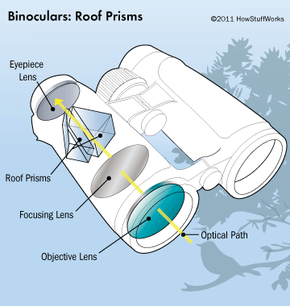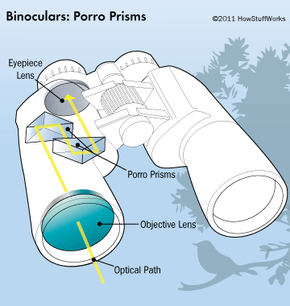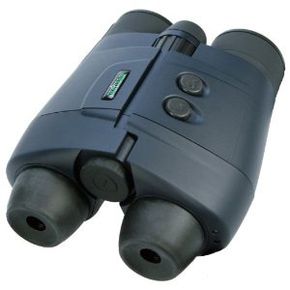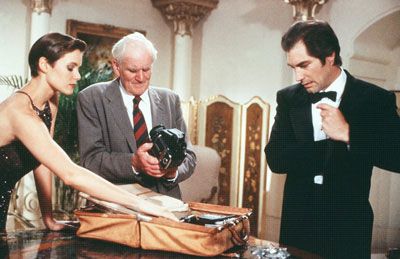From the beginning of time, humans have always taken a special delight in spying on one another. While you might relate to the thrill of stalking a stranger on the Internet, our early ancestors no doubt enjoyed hiding in the bushes and gasping with glee while their caveman neighbors took part in a private marital spat. Just imagine the joy that must've arisen when, sometime around the 16th century, we discovered that we could snoop on friends and strangers from a distance, with a nifty pair of telescopes put to our eyes.
While it must be conceded that binoculars might not have been invented for nosy Peeping Toms, it's just one more thing we now use binoculars for in the modern age. And we do have a variety of reasons to use binoculars: from birding to astronomy, spotting wildlife to finding fish, getting a good view of Manchester United on the pitch or Kanye on stage, we'll talk about the best binocular bang for your buck.
Advertisement
We'll also explore some of the more interesting uses of binoculars; there's no doubt that our spy movies would be very sad indeed without a good pair of magnifying optics, and we'll see how real-life spy technology has evolved so you, too, can own a $12,000 pair of binoculars (with a few very important caveats, as you'll see).
So let's go ahead and turn our eye to the next page, where we'll learn some of the basics of binoculars so you can spot the pair that will work for you.
Advertisement




